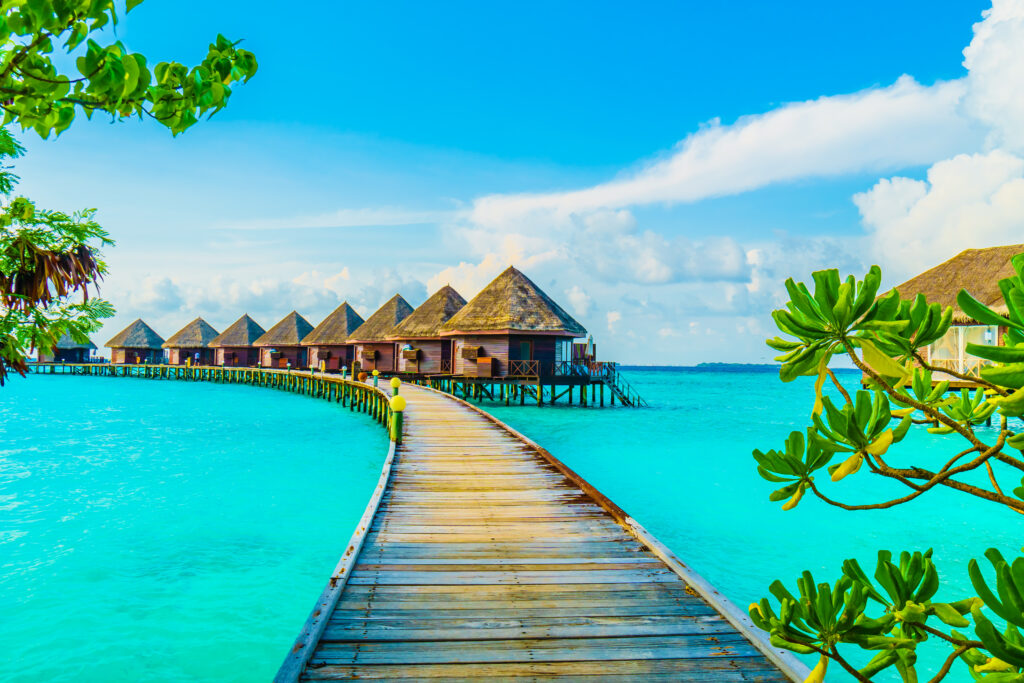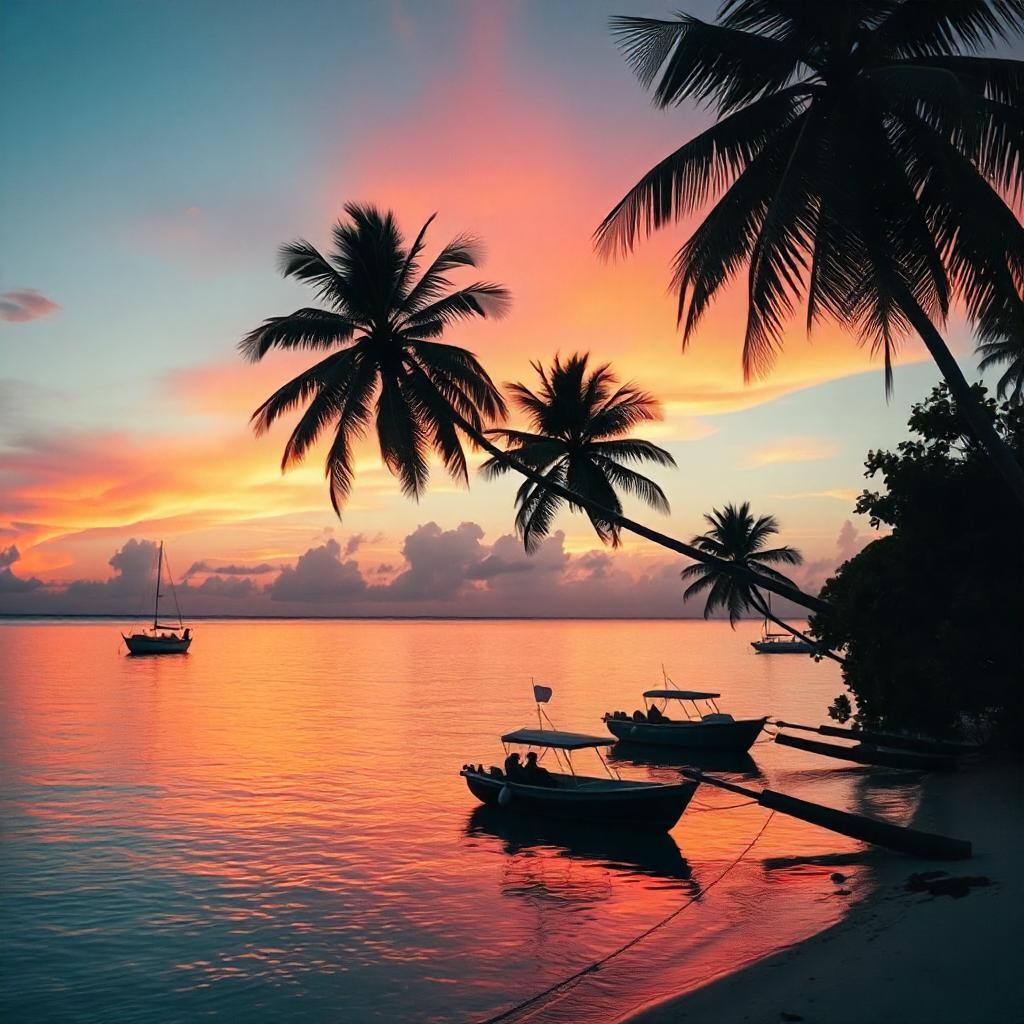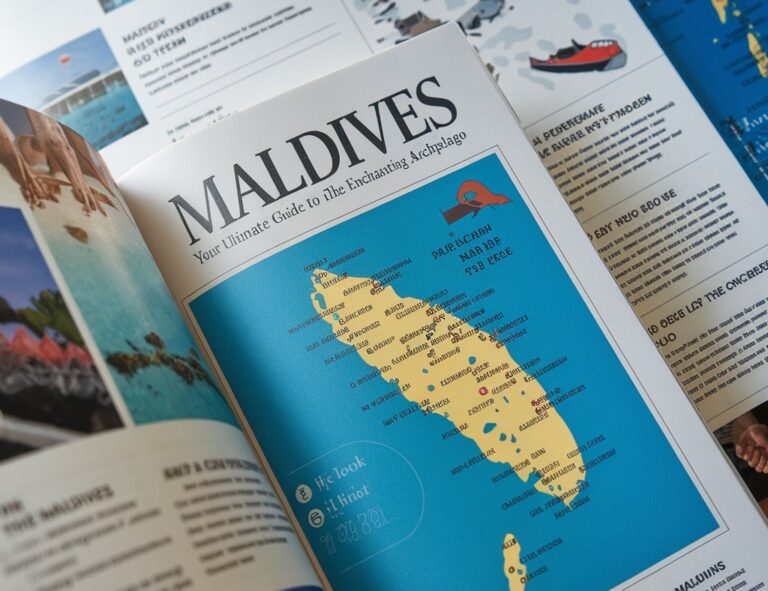Introduction
The Maldives, an island nation renowned for its pristine beaches, clear turquoise waters, and vibrant marine life, attracts travelers worldwide. Located in the Indian Ocean, the Maldives is a paradise for those seeking sun, sand, and luxury. For adventurers, honeymooners, and luxury-seekers alike, using the “Map:rplqmrzkbr0= Maldives” can reveal a unique approach to exploring these beautiful islands. This guide will delve into the Maldives’ geography, attractions, and travel tips to help you plan an unforgettable trip.
Table of Contents
Understanding the Geography of the Maldives
The Maldives comprises around 1,200 coral islands grouped into 26 atolls, stretching over 800 kilometers. Each atoll offers its unique beauty, with islands varying from luxurious resorts to local gems. With a population concentrated in the capital city of Malé, much of the archipelago remains uninhabited, allowing nature to flourish undisturbed.
Using the “Map:rplqmrzkbr0= Maldives,” travelers can locate resorts, popular dive spots, local islands, and other attractions spread across the Maldives, helping them navigate the dispersed nature of these islands.

Top Attractions in the Maldives
1. Malé City – The Heart of the Maldives
Malé, the bustling capital city, is the Maldives’ economic and cultural hub. Here, you can explore landmarks such as the Maldives Islamic Centre, which features an impressive golden dome, and the National Museum, where artifacts tell stories of the Maldives’ rich history. Malé is also home to vibrant markets filled with fresh produce, handicrafts, and traditional garments.
Using “Map:rplqmrzkbr0= Maldives” to navigate Malé can make it easier to explore these sights efficiently, given the city’s small size and bustling atmosphere.
2. Vaadhoo Island – Witness the Sea of Stars
Vaadhoo Island is famous for the “Sea of Stars,” a stunning natural phenomenon where the shoreline glows in the dark, thanks to bioluminescent plankton. This sight, usually visible during certain times of the year, creates an unforgettable experience. It’s a must-visit for photographers and nature enthusiasts alike.
3. Banana Reef – Dive into Marine Life
One of the oldest and most popular diving spots in the Maldives, Banana Reef is located in North Malé Atoll. Divers flock here to see its vibrant coral gardens, caves, and diverse marine life, including reef sharks, rays, and colorful fish. Using a map like “Map:rplqmrzkbr0= Maldives” allows divers to locate the best diving spots, making it easier to explore underwater treasures.
4. Maafushi Island – A Taste of Local Life
Unlike the exclusive resort islands, Maafushi offers visitors a glimpse of Maldivian local life. Here, you can explore local shops, try authentic Maldivian cuisine, and engage with the friendly local community. Maafushi also offers a range of guesthouses and affordable accommodations, making it popular among budget-conscious travelers.
Using Map:rplqmrzkbr0= Maldives for Travel Planning
Mapping your travels in the Maldives can be challenging due to the spread-out nature of the islands, but “Map:rplqmrzkbr0= Maldives” simplifies the process by pinpointing key locations across the archipelago. Here are some ways to use it effectively:
- Finding Resorts: The Maldives offers a range of accommodation, from luxury resorts to budget guesthouses. With “Map:rplqmrzkbr0= Maldives,” you can easily find accommodations based on your location preferences, budget, and activities.
- Locating Dive Sites: The Maldives is famous for its marine biodiversity, with numerous dive spots across different atolls. By mapping dive locations, you can plan a route to some of the most vibrant underwater spots, from Banana Reef to the Baa Atoll’s Hanifaru Bay.
- Planning Inter-Island Travel: With its inter-atoll ferries, seaplanes, and speedboats, island hopping in the Maldives can be a breeze if you know where to go. A comprehensive map like “Map:rplqmrzkbr0= Maldives” helps in identifying ferry routes, airports, and transfer hubs to make traveling between islands smoother.
Must-Do Activities in the Maldives
1. Snorkeling and Diving Adventures
The Maldives is renowned for its exceptional diving and snorkeling sites. Each atoll has its own unique ecosystem, with underwater attractions like coral reefs, shipwrecks, and exotic marine life. Whether you’re a beginner or an experienced diver, there’s something for everyone.
2. Relaxing on Private Resort Islands
Many resorts in the Maldives are located on their own private islands, providing exclusive beaches, luxury villas, and personalized service. Resorts often offer overwater bungalows, which give guests direct access to the turquoise lagoon. “Map:rplqmrzkbr0= Maldives” is helpful in identifying resorts that fit your preferences, whether you seek family-friendly spaces, honeymoon spots, or adventure-filled resorts.
3. Cultural and Culinary Tours
For those interested in culture, Maldivian food and traditions provide a unique experience. Traditional Maldivian dishes often revolve around fresh seafood, coconut, and spices, with dishes like “mas huni” (tuna salad) and “garudhiya” (fish soup). Consider a visit to local islands for authentic dining experiences and cultural interactions.
4. Spa and Wellness Experiences
Maldives resorts are synonymous with relaxation, offering spa treatments inspired by local traditions and natural ingredients. Overwater spa bungalows allow you to enjoy ocean views while indulging in massages, facials, and holistic wellness treatments.

Travel Tips for Visiting the Maldives
1. Choosing the Right Season
The best time to visit the Maldives is during the dry season, from November to April, when the weather is sunny and ideal for outdoor activities. However, this period is also peak season, so booking accommodations and activities in advance is recommended.
2. Budgeting and Planning
While the Maldives is known for its luxurious resorts, there are budget-friendly options on local islands, such as guesthouses in Maafushi or Hulhumalé. Additionally, booking flights and accommodations in advance, particularly during peak seasons, can help reduce travel expenses.
3. Embracing Sustainable Travel
As a country facing the threat of rising sea levels, the Maldives emphasizes sustainability. Many resorts have implemented eco-friendly practices, such as coral reef restoration, plastic reduction, and waste management programs. Opt for eco-friendly accommodations and support local businesses to contribute to the Maldives’ conservation efforts.
4. Exploring Beyond the Resorts
While resort life offers a unique luxury experience, visiting local islands provides a chance to understand Maldivian culture and interact with residents. Most resorts offer day trips to nearby islands, allowing you to balance relaxation with exploration.
Also read: Exploring the Matco Franchise: A Roadmap to Success inside the Tool Distribution Industry
Conclusion
The Maldives is an island paradise that offers much more than just sandy beaches and clear blue waters. From vibrant city life in Malé to secluded islands and world-renowned dive spots, the Maldives has something for every traveler. Using “Map:rplqmrzkbr0= Maldives” can help you navigate this sprawling archipelago, making the most of your visit to this unforgettable destination. Whether you’re looking to relax in a luxury overwater villa, dive into rich marine ecosystems, or experience local Maldivian culture, the Maldives promises an adventure like no other.

